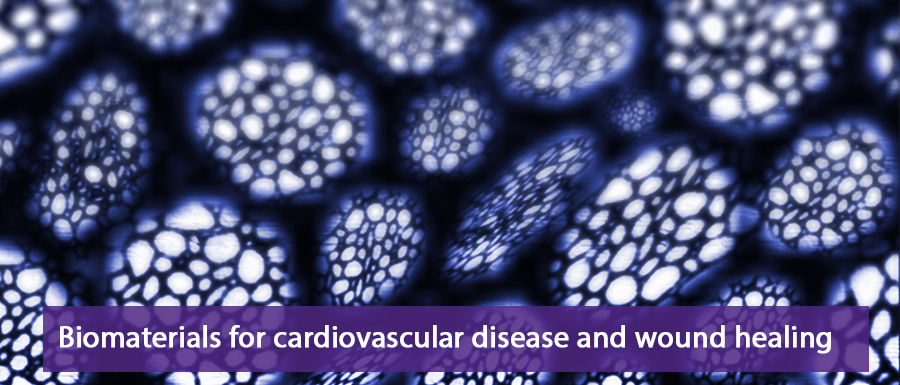Biomaterials for cardiovascular disease and wound healing


CAMBR research teams are developing new materials scaffolds for the growth and regeneration of blood vessels and for the treatment of non-healing skin wounds.
Peripheral vascular disease (PAD) is a common manifestation of atherosclerosis and affects approximately 800,000 Canadians. Resulting from, and strongly associated with PAD, non-healing or “chronic” skin wounds are a major clinical complication, with current estimates placing the cost of treating these wounds at 2% to 3% of the annual healthcare budgets in developed countries.
The statistics associated with impaired skin repair are staggering: up to 20% of patients in long-term care facilities in Canada have chronic skin wounds, and the lifetime incidence of foot ulcers in diabetics is between 15% and 25%.
Interdisciplinary teams have been formed at Western to develop novel strategies for the treatments of both PAD and non-healing skin wounds using natural extracellular matrix-based scaffolds from decellularized adipose tissue, electrospun scaffolds containing specific proteins involved in normal skin healing, and cell instructive injectable hydrogel platforms. Biomaterial scaffolds for the growth and regeneration of blood vessels and contrast agents for vascular imaging are also under development by collaborative teams.
CAMBR Faculty
Flynn, Lauren
Gillies, Elizabeth
Hamilton, Douglas
Hudson, Robert
Mequanint, Kibret
Paul, Arghya
Poepping, Tamie
Rizkalla, Amin
Ronald, John


